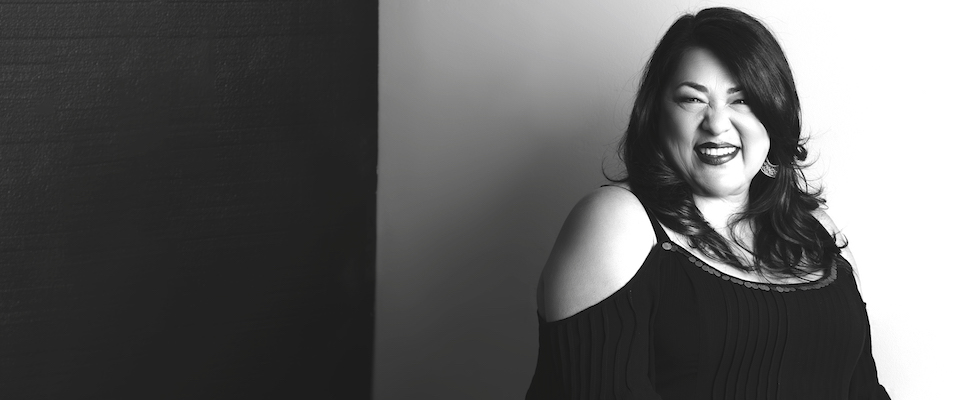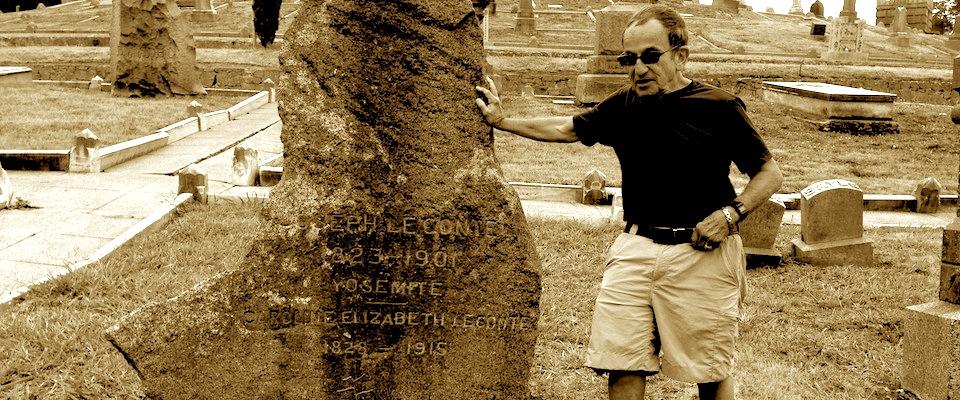Computer-aided design brings an Oakland neighborhood back to life
The year is 1946. The place is Seventh Street in West Oakland. Some call it “hell’s half acre.” Others call it the “Harlem of the East Bay.” Jazz, swing, and blues surround you. Within a few blocks of Seventh, near Chester and Wood streets, there are more than 30 clubs, record stores, and recording studios. First you pass Pacific Records, a recording studio started by Texas migrant Ivory Joe Hunter, where he recorded “Seventh Street Boogie” in 1946. Next you pass Slim Jenkins’s nightclub, where, in a few years, a young Aretha Franklin will open for blues legend B. B. King. Keep going and you pass Esther’s Orbit Room, located where the post office stands today. With luck, you will run into Charles “Raincoat” Jones, one of the most successful black gambling operators in town. He got his nickname from the all-weather coat he was noted for wearing, or, as other sources had it, from a shady incident that took place when he was a young prospector in Klondike, Alaska.
In a few months, you will be able to tour Seventh Street—virtually—via a Web portal at Berkeley’s nascent Center for New Media (CNM). Paul Grabowicz, assistant dean of the Graduate School of Journalism, and Yehuda Kalay, a professor of architecture and director of CNM, are teaming up to create a virtual reality version of historic West Oakland. Grabowicz, who worked for the Oakland Tribune for more than 25 years, has been haunted by a “nagging curiosity” about West Oakland. “I wished I could have experienced it,” he says. Instead, in his lifetime, urban planning, housing projects, freeways, Bart stations, and earthquakes have destroyed the old West Oakland.
His wish to experience authentic West Oakland led Grabowicz to Kalay, who specializes in the virtual recreation of lost worlds. During the past decade, Kalay and his graduate students have used computer-aided design to recreate medieval Cairo (an effort that was featured on PBS) and an ancient archeological site in Turkey. This spring Kalay and his students will help model and “build” historic West Oakland, while Grabowicz and his journalism students will interview elderly Oaklanders who remember Seventh Street in its heyday. Using oral histories, old photos and music history, they hope to “fill” the old neighborhood with its former culture.
Visitors will be able to log on, choose an “avatar” to represent themselves, and saunter down a virtual Seventh Street. They will be able to interact with this simulated West Oakland in the same way game players create civilizations and interact with strangers using SIM technologies online. Ultimately, Grabowicz and Kalay would like to see their virtual Seventh Street—and this unusual collaboration between elderly residents and college students—inform decisions about urban planning and policy in West Oakland today. To chart their progress and submit your own recollections of the neighborhood, go to the Web page for the virtual jazz clubs project at journalism.berkeley.edu/projects/jazzclubs.
From the January February 2006 Chinafornia issue of California.



















